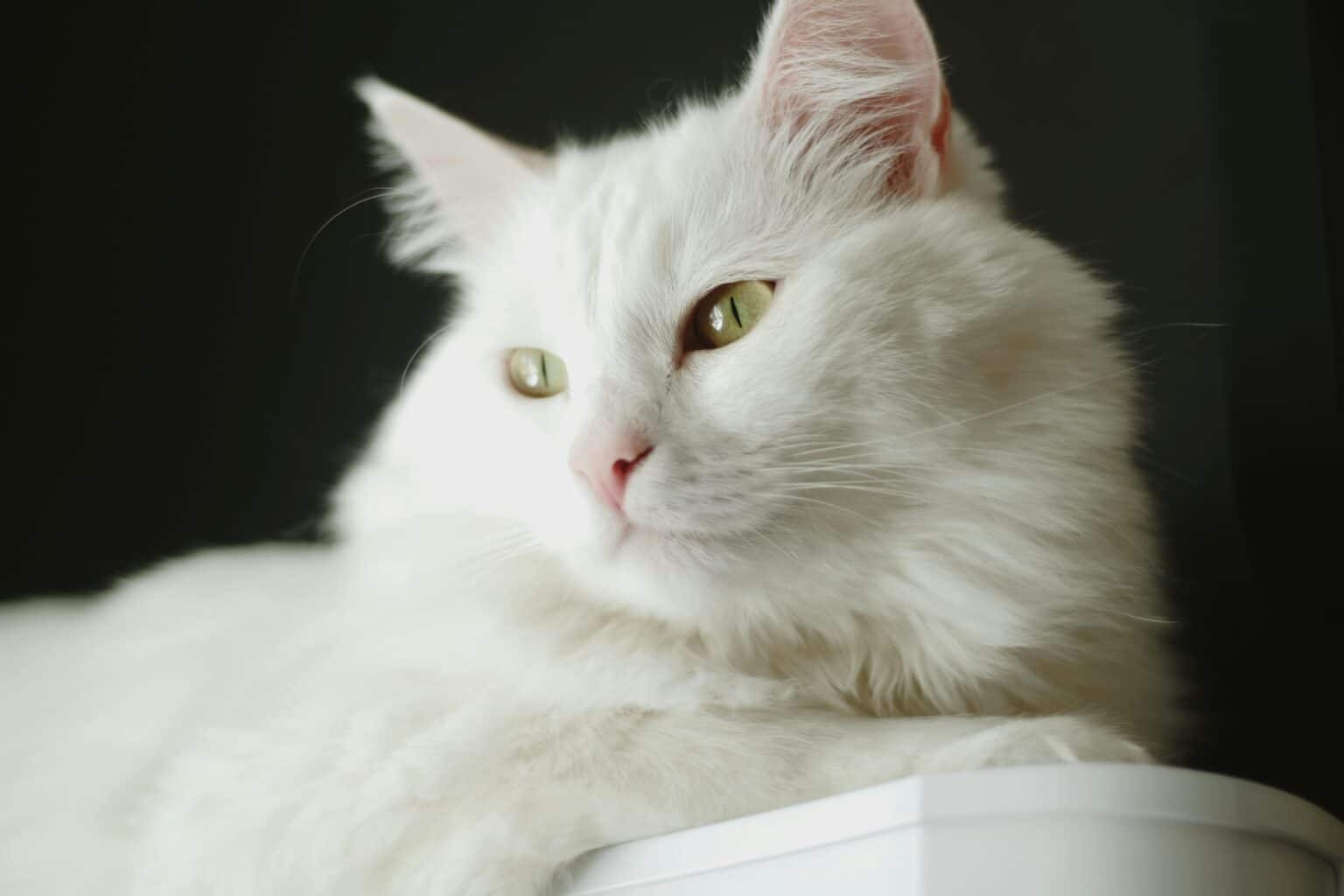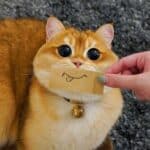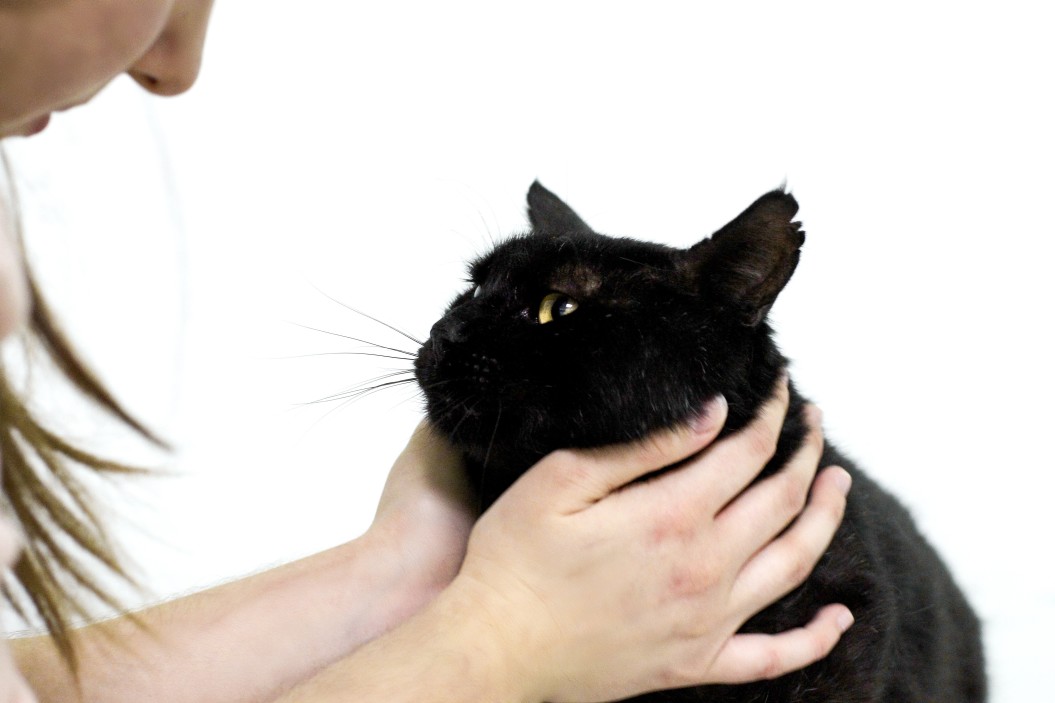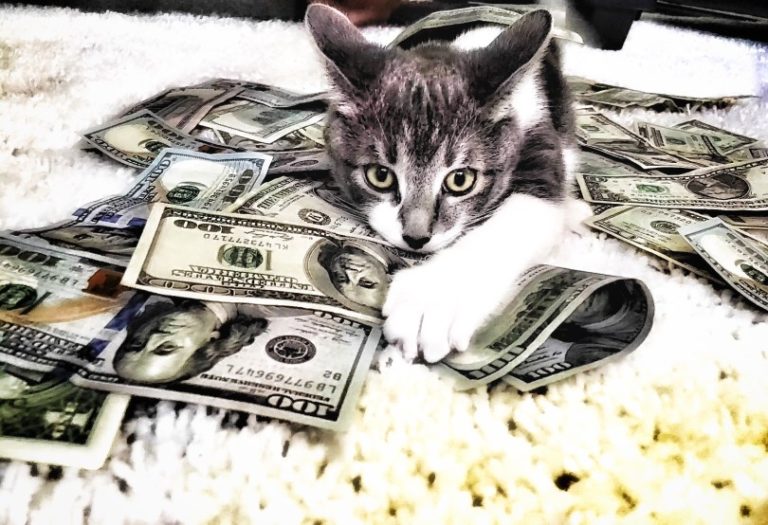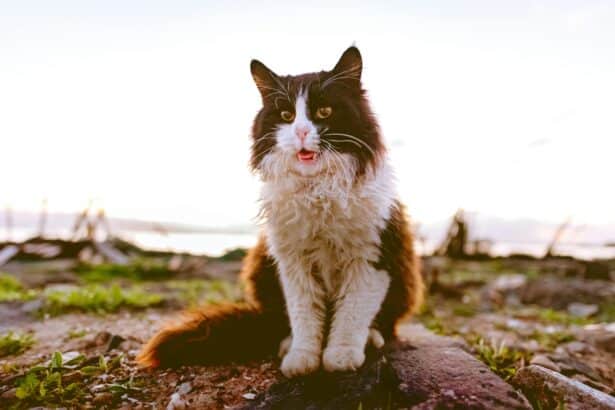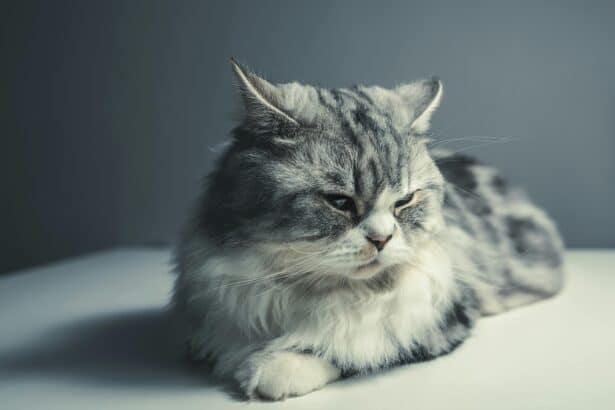Introduction
From the moment you see an Angora cat for the first time, you’ll be instantly captivated by its feline splendor. From its historical origins to its unique character traits and majestic coat, there’s nothing you won’t find fascinating about this breed. If you’re considering adopting an Angora cat, or are simply curious to learn more about this fascinating breed, this guide is for you. We’ll look at this fascinating little creature from every angle: its history, physical characteristics, temperament and care needs. Sit back, relax and get ready for a real journey into the wonderful world of Angora cats.
Part 1: History and origins of the Angora cat
Diving into historical accounts: the origin of the Angora cat
The Angora cat is one of the oldest cat breeds in the world. It is said to have originated in Ankara, a city formerly known as Angora in Turkey. Its presence in this region is documented as far back as the 15th century. Angora cats were highly prized for their majestic beauty, with their long, silky fur, and were often given as gifts to visiting dignitaries or royalty.
The Angora cat through the centuries
The Angora cat’s journey to Europe began in the 17th century, when Ottoman sultans began giving them as gifts to European aristocrats. They thus became a symbol of luxury and high status, admired for their elegance and unrivalled grace. Today, the Angora cat is loved and cherished the world over, not only for its majestic appearance but also for its affectionate temperament.
Part 2: Physical characteristics of the Angora cat
Recognizing an Angora cat: its main distinguishing features
Angoras are known for their slender bodies, long legs and plume-like tails. Their heads are medium-sized with soft contours, and their eyes are large and almond-shaped, available in a variety of enchanting colors, including blue, green and gold. One of the interesting features of Angora cats is that they can also have minnow eyes – that is, one eye of each color. Finally, their semi-long fur is fine and silky, adding to their majestic charm.
The magnificent fur of the Angora cat: a detailed viewpoint
If the Angora cat had to be singled out for special mention, it would of course be its luxurious coat. Its cotton-soft coat requires special care and attention to preserve its beauty and health. Angoras have a thick undercoat of hair that needs regular brushing to prevent knots from forming. Generally ranging from medium to long, Angoras are extra-soft to the touch, with a silky texture that’s a pleasure to stroke every time.
Part 3: Angora cat behavior and temperament
Living with an Angora cat: what to expect?
Angora cats are known to be sociable, affectionate and playful. They love human interaction and tend to follow their owners around the house. Because they are so sociable, they hate being alone for long periods. They are also highly intelligent and can even learn to open doors or play simple games. However, they have a gentle, peaceful nature, making them an excellent option for those looking for a quiet companion at home.
The Angora cat and its relationship with humans and other animals
Angora cats have a good level of tolerance with other animals and generally adapt well to family life with other cats or even dogs. With their sociable nature, they love to play and interact with their household companions. As far as humans are concerned, Angora cats form close bonds with their owners and are almost always ready for a cuddle or a play session.
Part 4: Angora cat health and care
Caring for an Angora cat: a guide to your pet’s optimum well-being
Angora cats are generally healthy cats, but they need a high-quality diet to maintain a healthy coat. They also require regular check-ups at the vet to ensure they remain in good health. Regular check-ups help detect any potential health problems at an early stage. In addition, their coats require regular combing and brushing to prevent problems with tangles and coat loss.
Common health problems in Angora cats and how to prevent them
Due to their variety of colors, some Angoras are prone to deafness, especially those with blue eyes and white coats. They can also be prone to skin problems such as atopy (environmental allergies), heart problems and dental problems. A balanced diet, regular skin and coat care, and frequent vet check-ups can help prevent or manage these problems in your Angora cat.
Conclusion
Ultimately, owning an Angora cat is a truly unique and rewarding experience. Not only are they breathtakingly beautiful, but they also have a gentle temperament that’s sure to win your heart. However, it’s important to remember that adopting an Angora cat requires commitment and responsibility. They need constant care and attention so that they can lead long and happy lives by your side. If you think you’re ready for the incredible adventure of acquiring an Angora cat, then you’re on the verge of one of the most beautiful experiences of your life.


